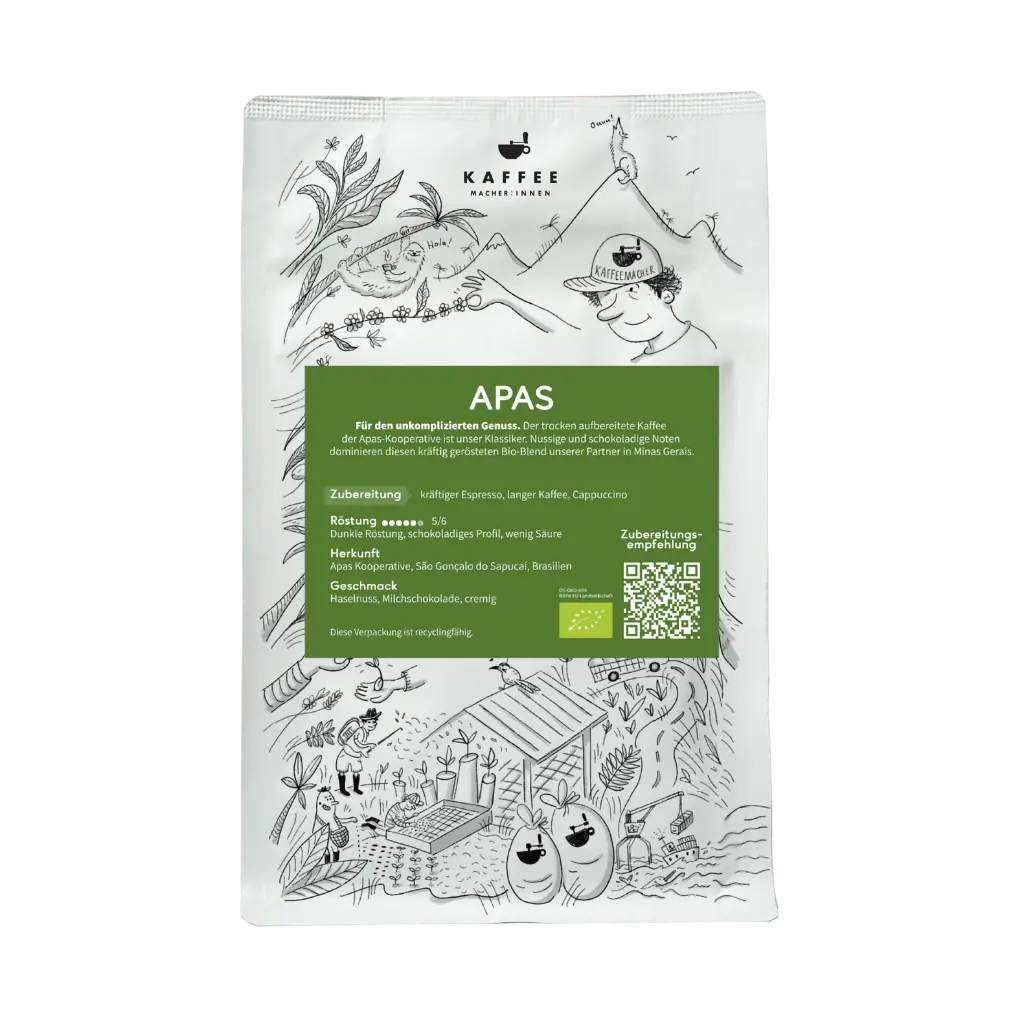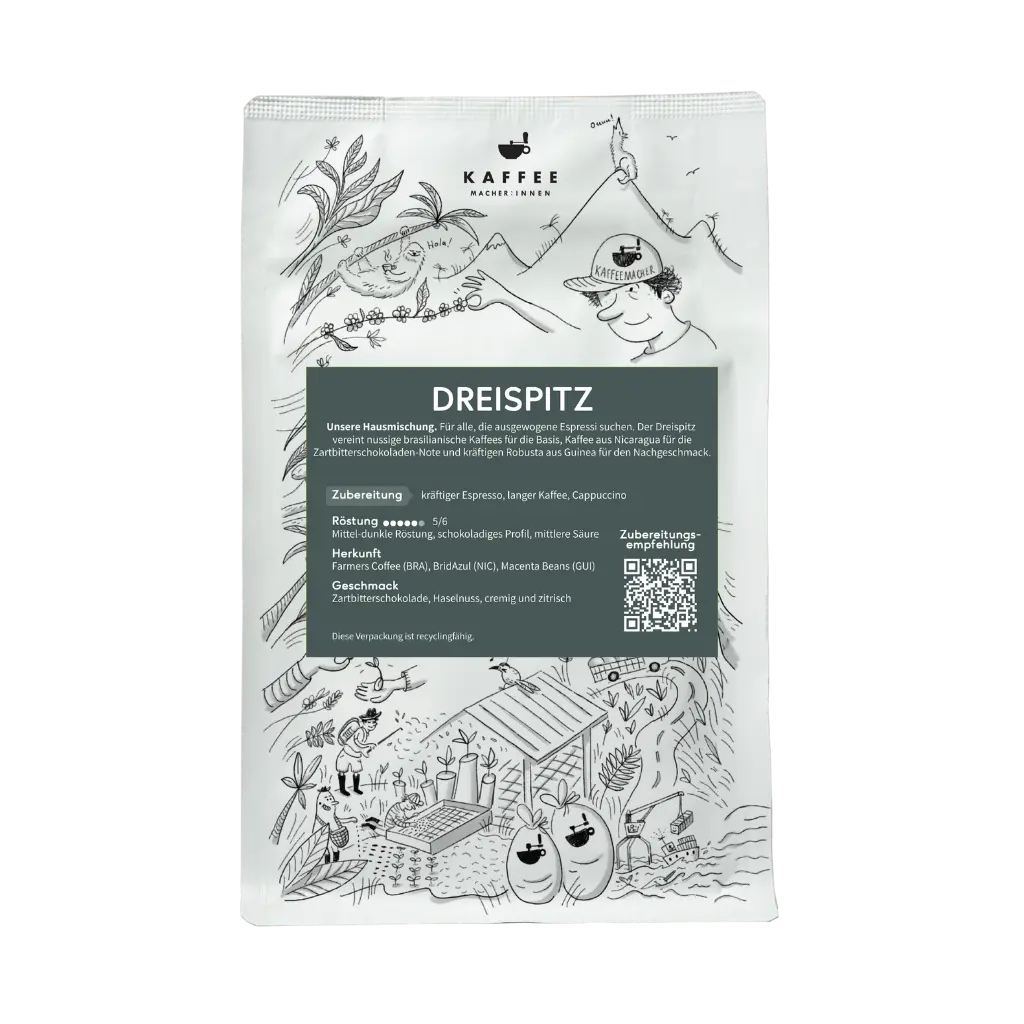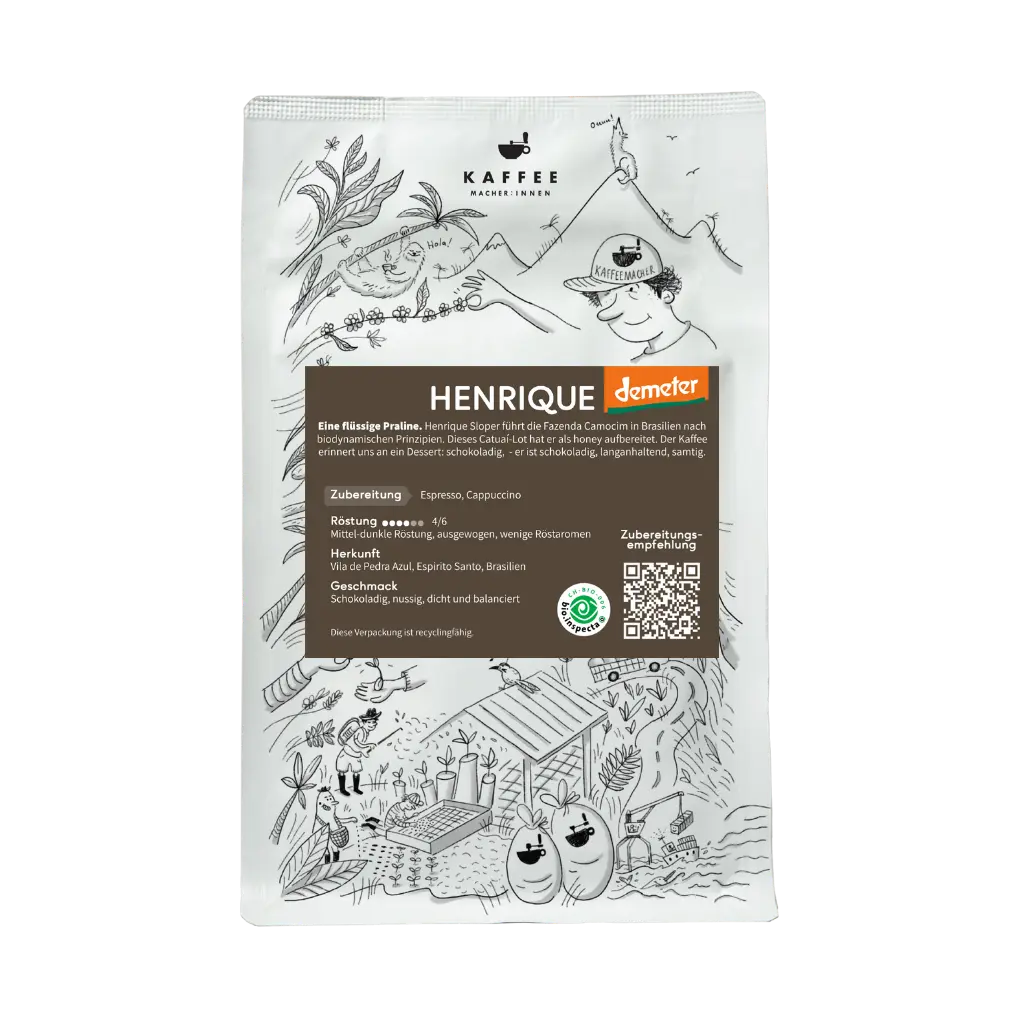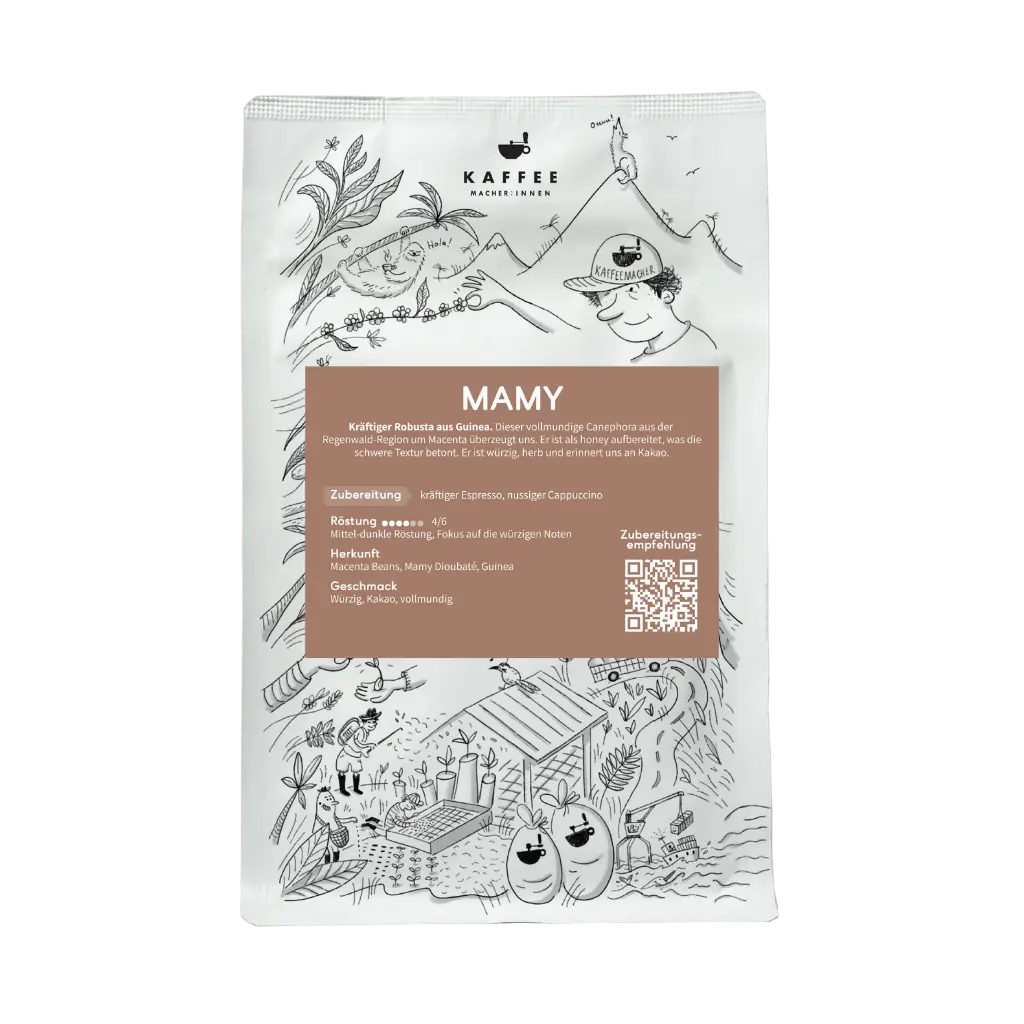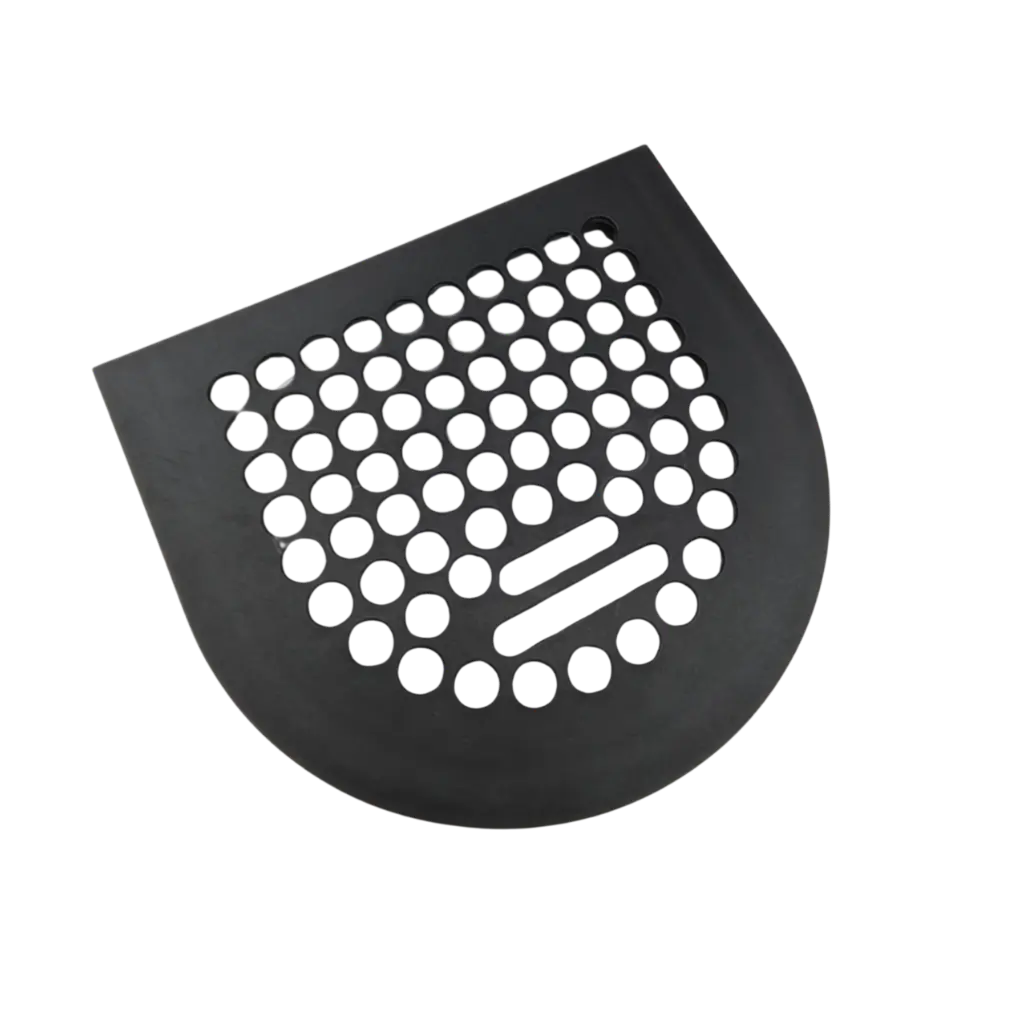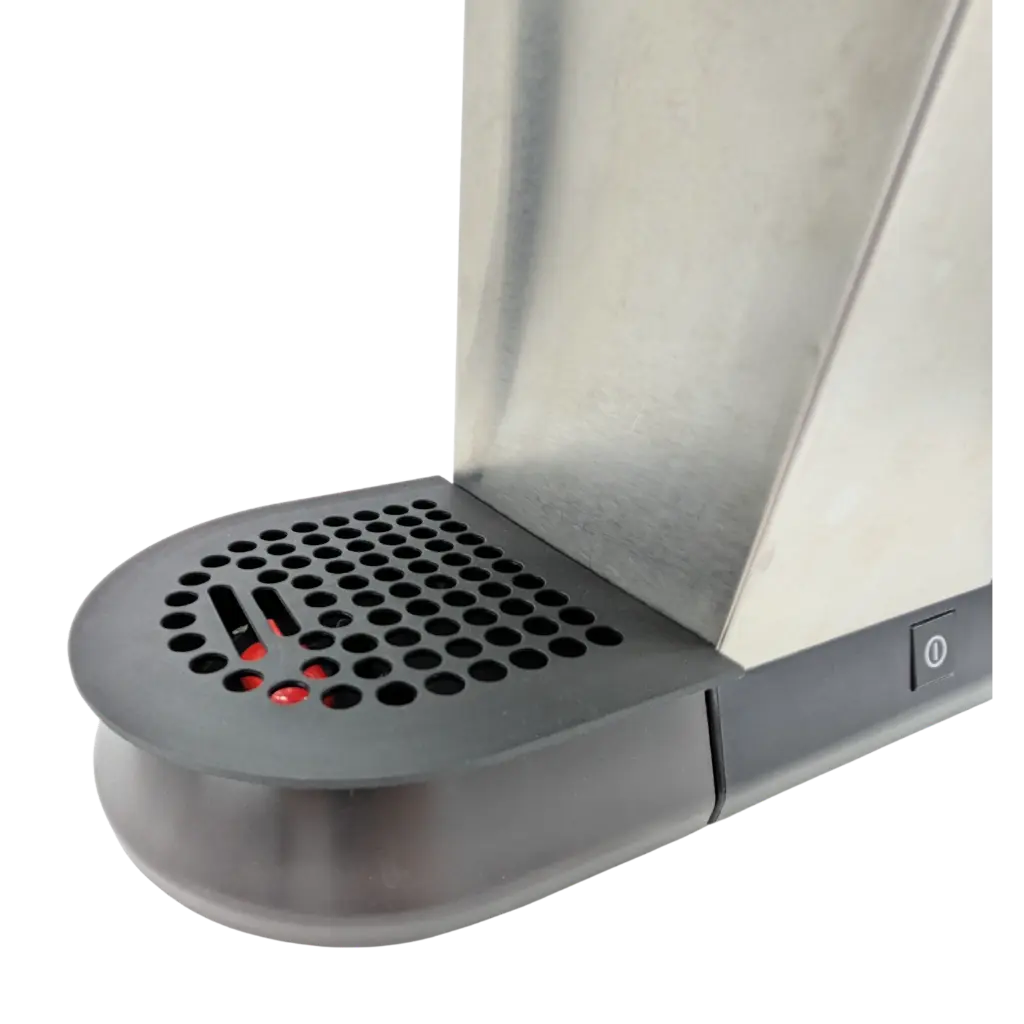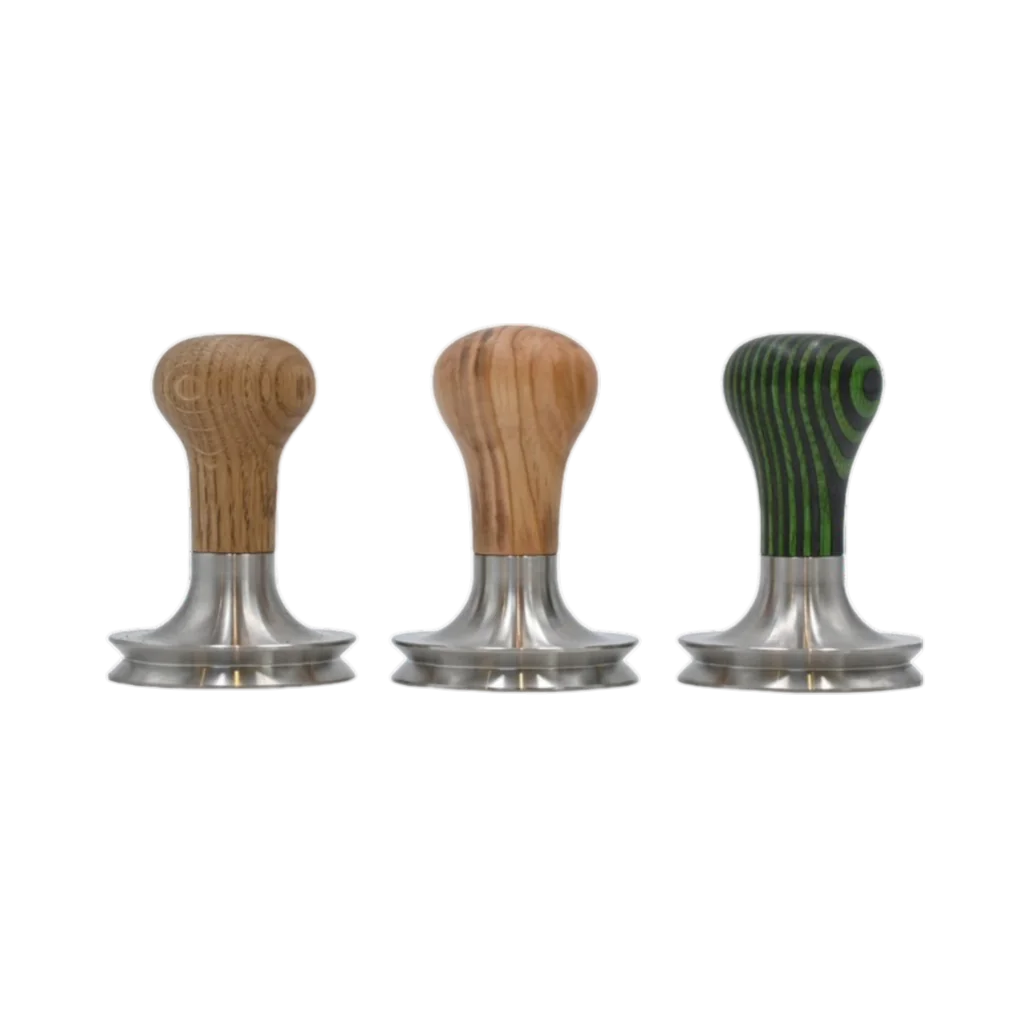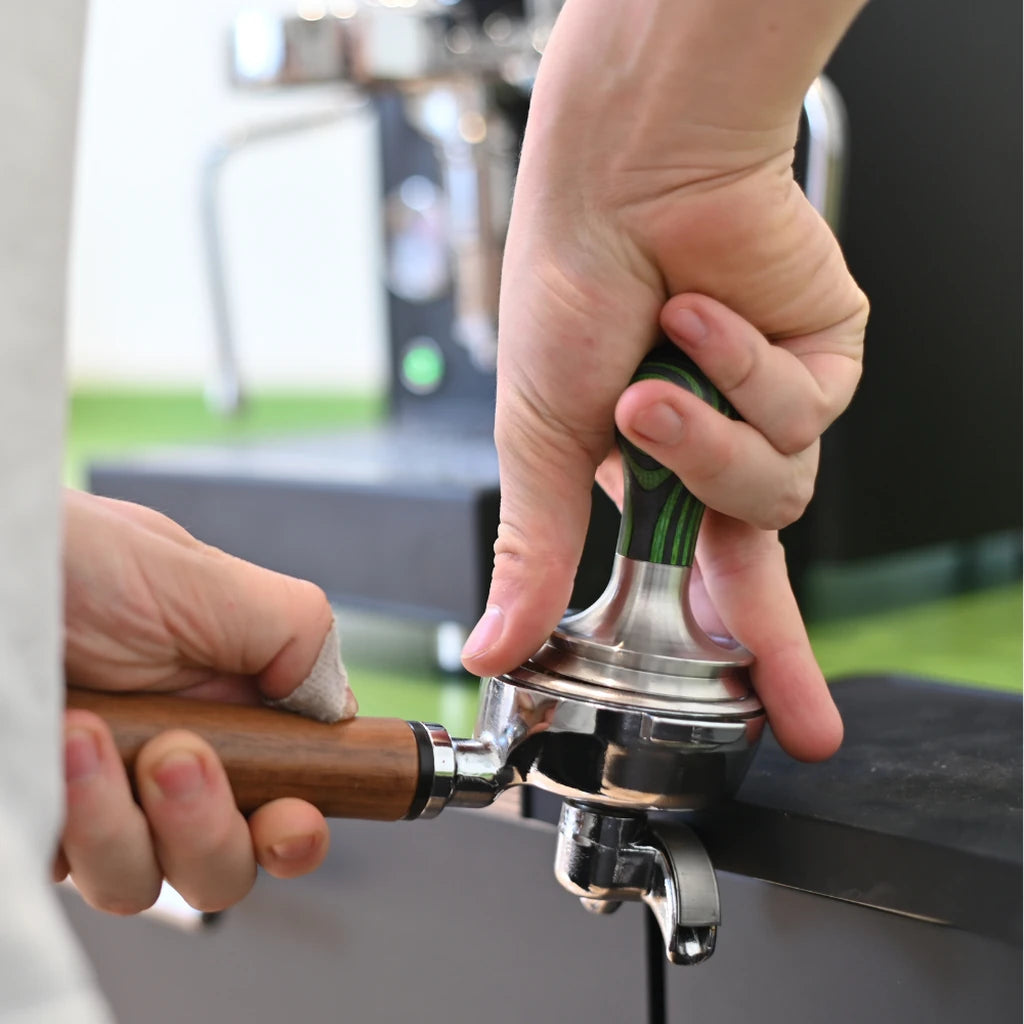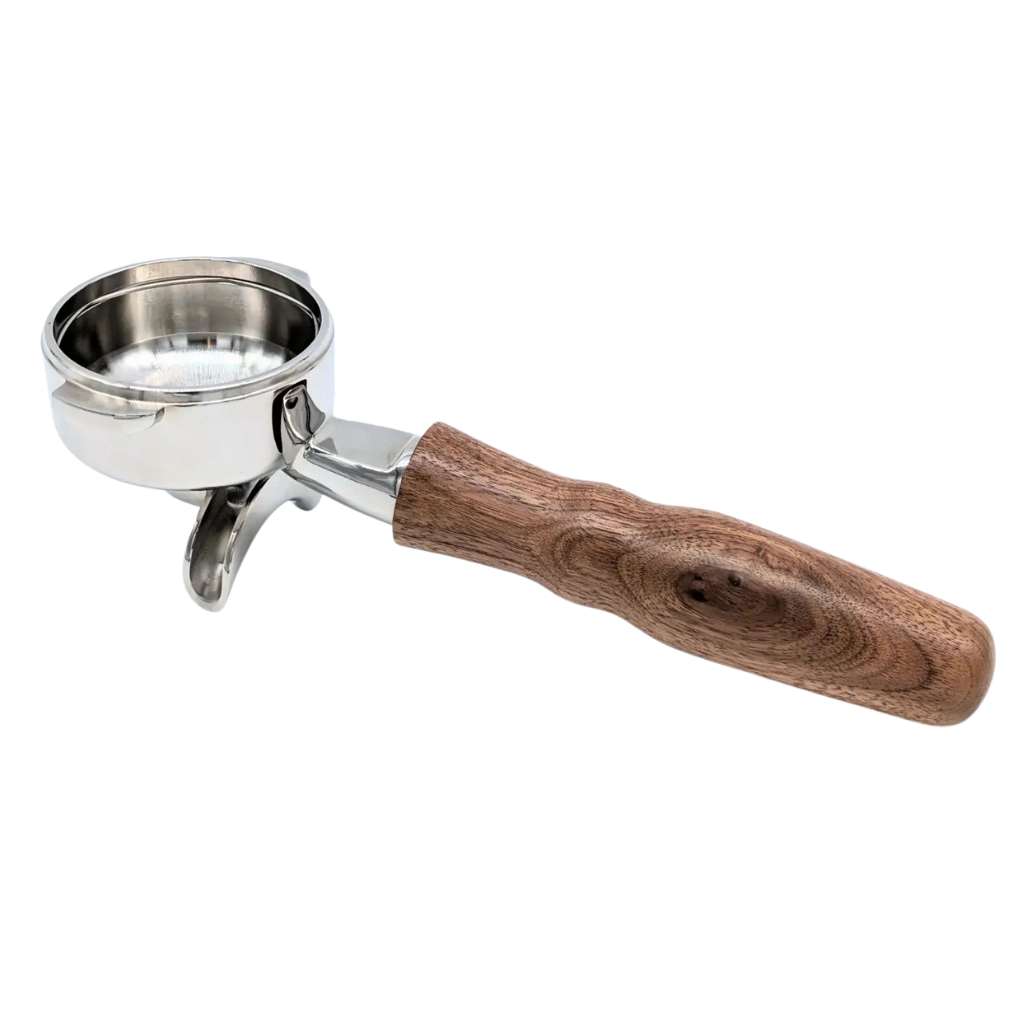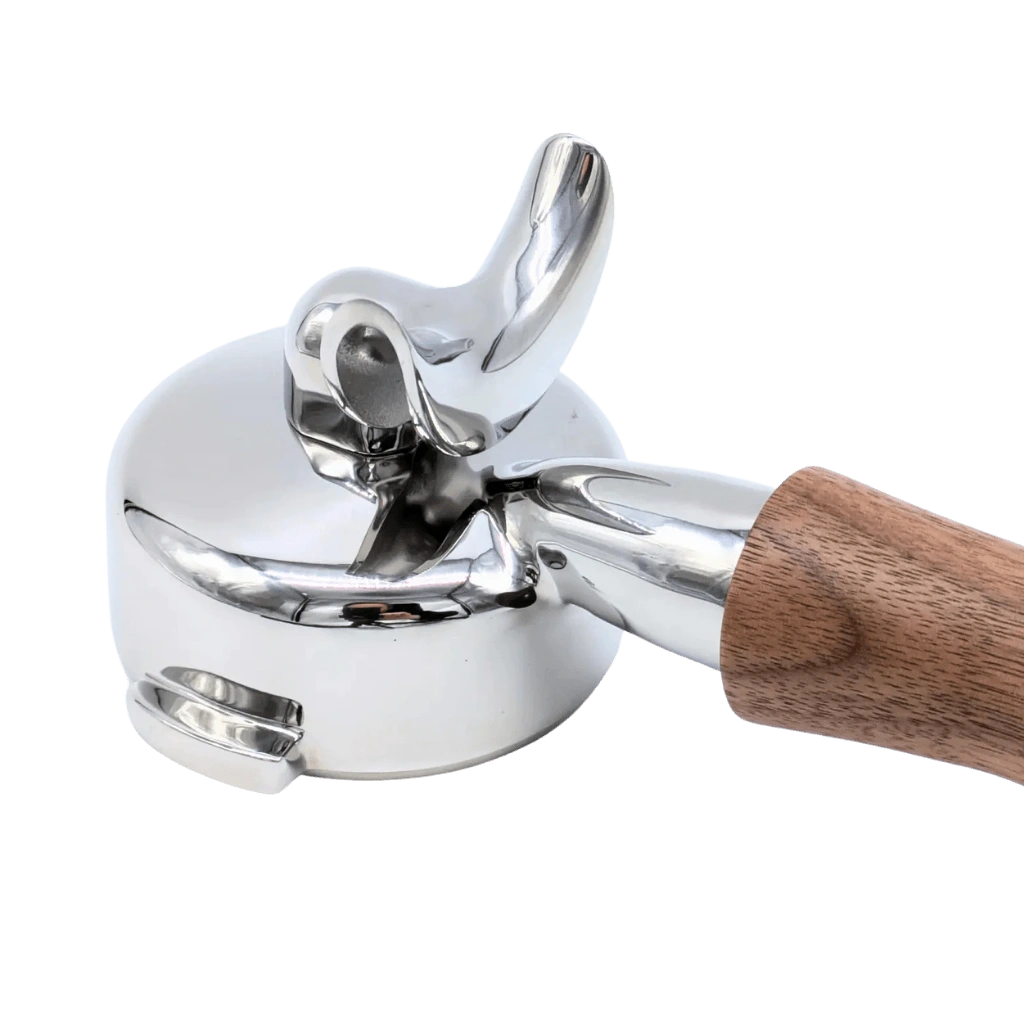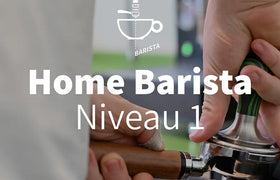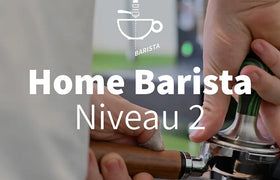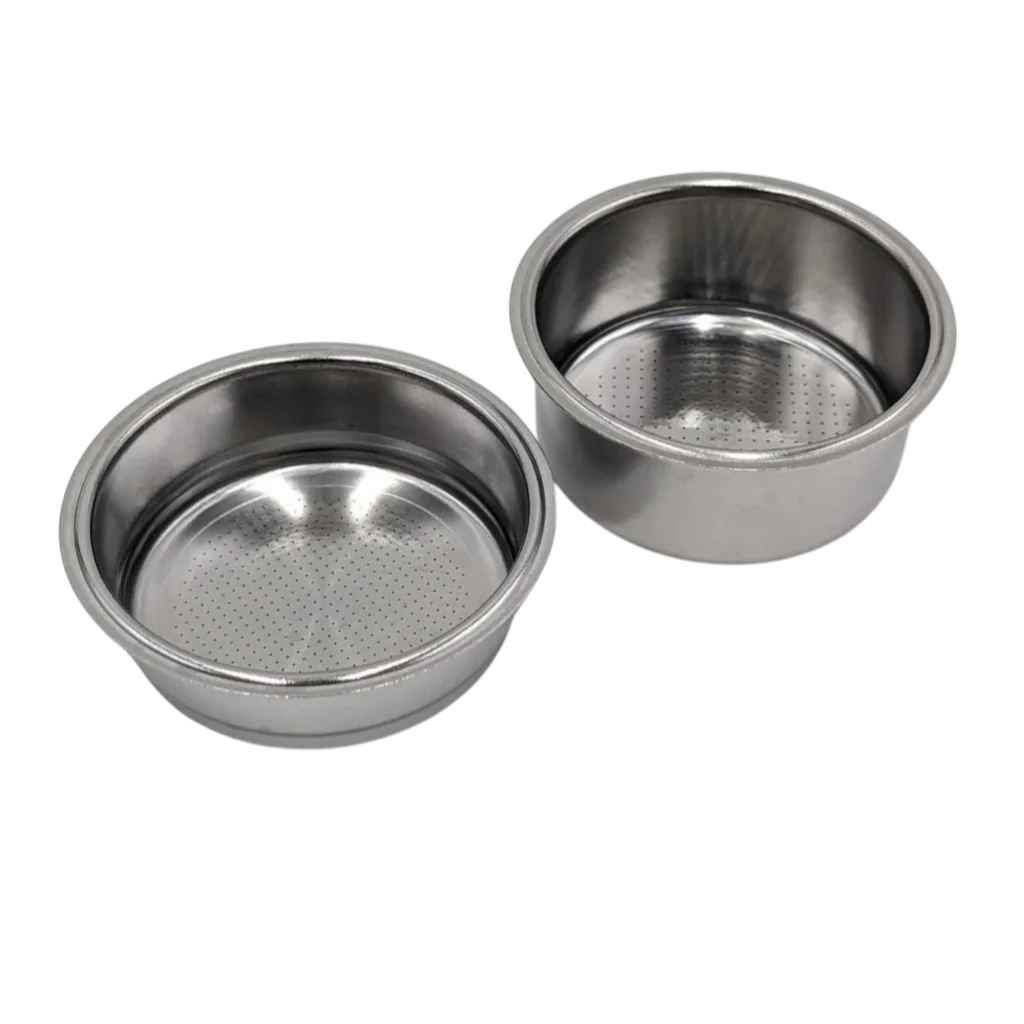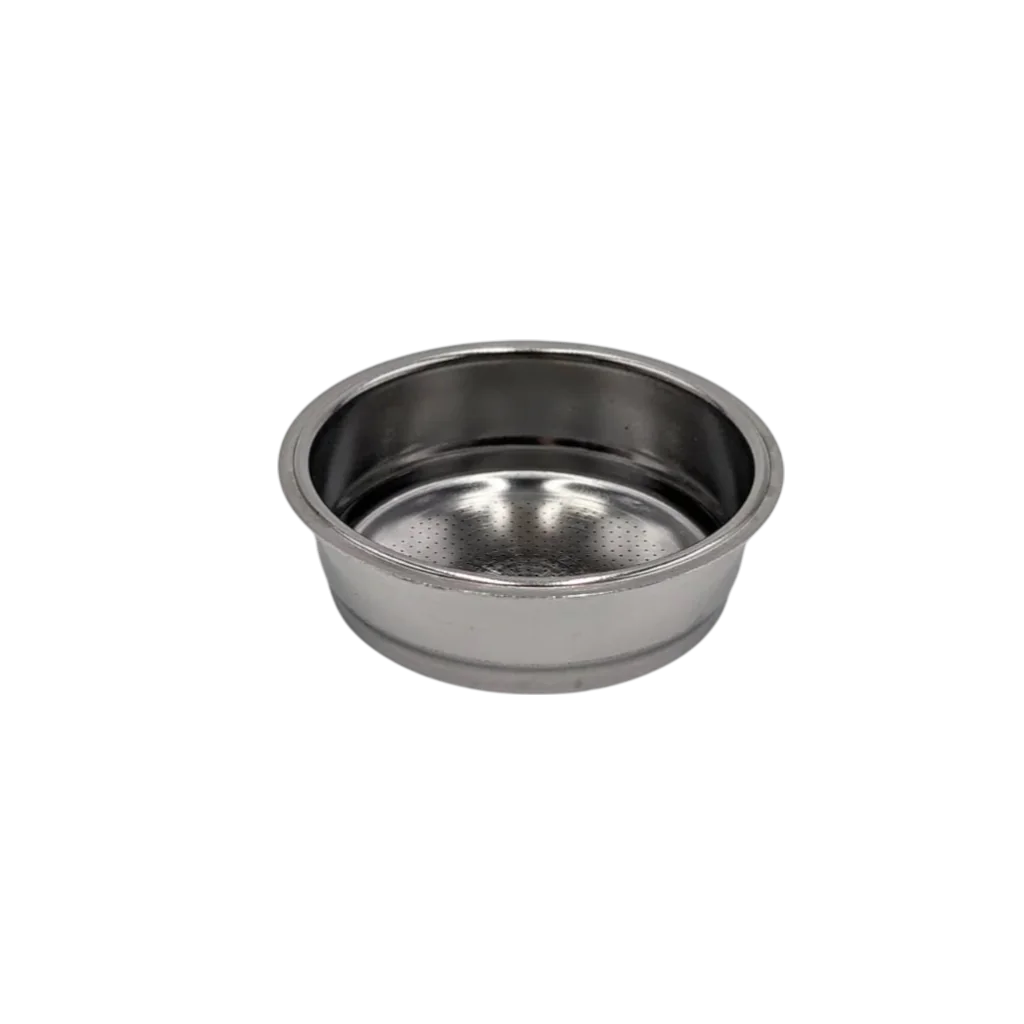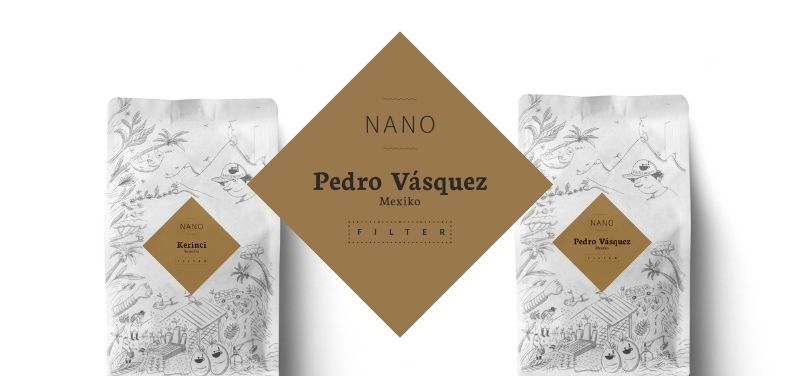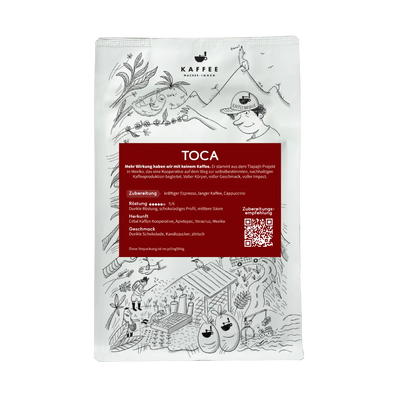Nano. These are coffees that continually remind us why we make coffee. We want to share these coffees with you and invite you on a sensory journey.
Time and again, we taste coffees that surprise us. Often, these are coffees that are only available in small quantities. Those that are rare because they were produced with incredible effort, or because they come from producers who own very little land themselves.
We wanted to create a new line in our assortment for these coffees. Nano . Nano stands for precisely these coffees, which are extremely limited. Coffees so beautiful we want to swim in them. Coffees that continually remind us why we make coffee.
Why do some coffees taste so different?
Good coffee doesn't happen by chance. Names don't help to make a coffee better—it's all about the focus on details, the relentless drive to work with the greatest possible precision, to understand all influencing factors, and to consciously utilize them.


Good coffee requires not only time but also a great deal of attention. Not every coffee can be so closely monitored, as it would hardly be economically viable. A growing minority of producers who manage to continue tinkering alongside their main production are devoting more and more attention to these special preparations.
So, for a coffee to be much better than others, it needs:
- coffee cherries containing all the necessary nutrients
- a uniform ripeness of the cherries
- a precise separation of the cherries into floaters (defective or damaged) and sinkers (intact and ripe)
- a clean separation of pulp and seeds when pulped
- an extremely precise drying protocol when dry processed
- a meticulously clean environment if the cherries are processed in a closed environment (bag, barrel, tank, etc.)
- control over shade-sun ratio during drying, pH level, air/no air, etc.
- a slow, even and controlled drying of the parchment
- a cool, dry, stable storage of the parchment


We ultimately select the roasting method based on the coffee's characteristics. We generally roast washed coffees with more energy, while dry-roasted coffees require slightly less energy, especially toward the end of the roasting process.
By roasting, we only extract what's already in the coffee. Roasting these coffees is fun, of course, but it also involves a lot of adrenaline—because the work that goes into each seed is enormous.
Which coffees are included in the Nano line?
These are coffees that, on the one hand, impress us sensorially, and on the other, represent a change. We have no preferences about where these coffees have to come from; we're completely open-minded.
Regularity
We don't specify when a new nano coffee will be added to our range. It only happens when we come across a coffee that we can't get enough of.
Rarities
The coffees are available in limited quantities. First come, first served, or rather, the quicker I get, the faster I get .



